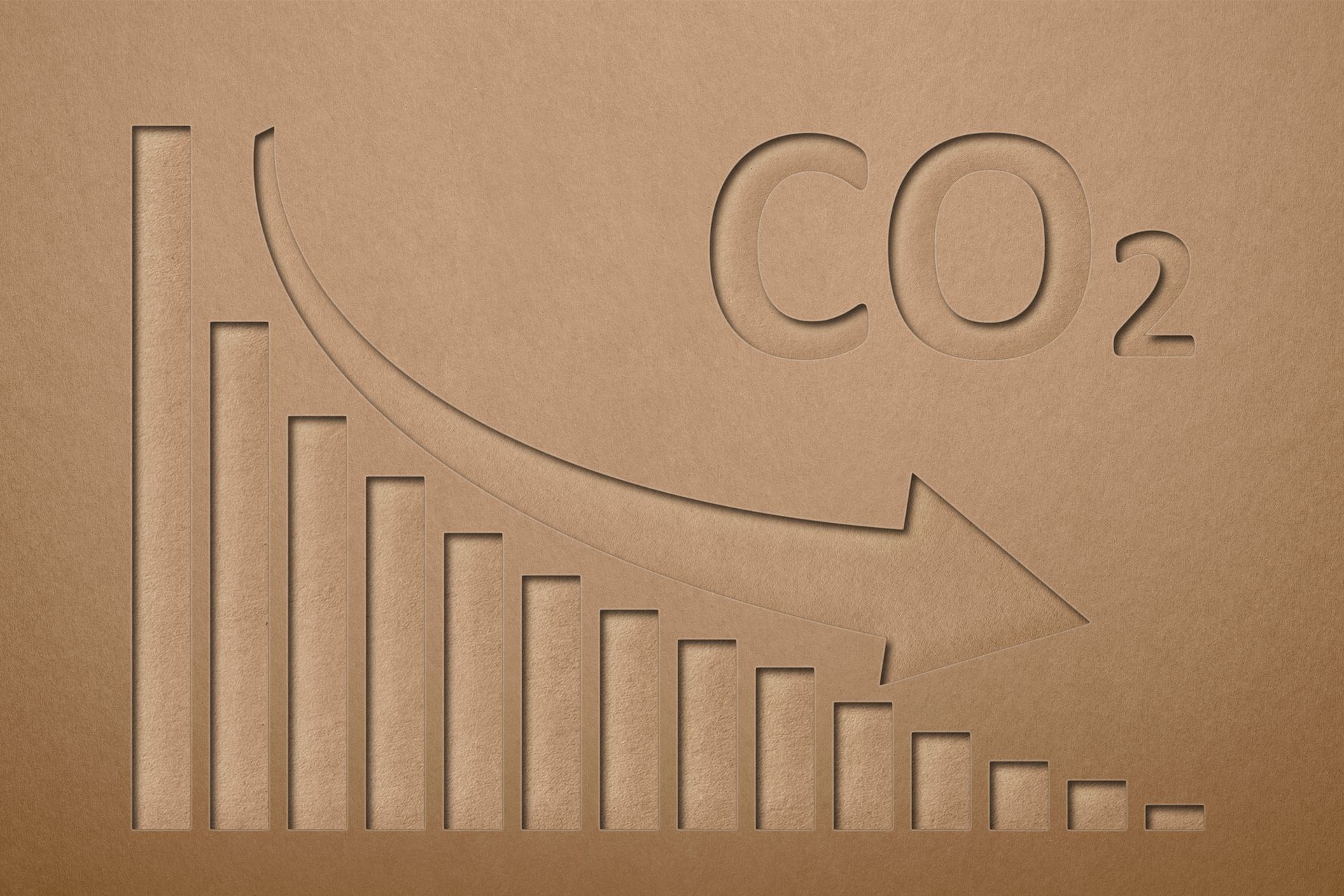Our motivation is to reduce the concentration of CO2 in the atmosphere
Andreas Bittig • 21. Juli 2024

CO2 concentration
If we look at the concentration of CO2 in the atmosphere, we can see that this value has been rising continuously for years. While it was 416.90 ppm (parts per million) in July 2021, it was 418.85 ppm in July 2022 and 422.14 ppm one year later in July 2023[i]. In comparison, the concentration before the industrial revolution was just under 280 ppm[ii].
The concentration continues to rise, because while Europe and the USA are stagnating at a high level of emissions thanks to electrification and the expansion of renewable energy sources, among other things, emissions are rising in many Asian countries, especially China and India[iii].
Although the political will to reduce emissions exists in many countries, economic prosperity and other political priorities are holding back reduction ambitions - for example, the net zero target in Switzerland is not planned until 2050. Countries that are already CO2 net zero today can be quickly counted. These are Bhutan, Suriname and Panama. Sweden plans to be the next country to achieve a net-zero balance by 2045[iv].
The longer humanity emits more CO2 than the planet can bind in biomass, the more negative emissions will be needed to mitigate global warming. From the point of view of the Association for the Decarbonization of Industry, it is important that the entire process does not produce any unused waste materials (e.g. CO2 that has to be stored in caverns for decades), but that all chemical components remain in the Earth's cycle and can be actively used. To prevent the carbon from being released back into the atmosphere, it is to be bound for the long term as a building material in the construction industry or used in agriculture to enrich the humus.
The founders and supporters of the Association for the Decarbonization of Industry are contributing to the development of a process that will ultimately enable negative CO2 emissions and at the same time provide a solution so that industrial high-temperature processes can be operated without resulting in CO2 emissions. You can find out more about the process in the Association section.
[i]
https://www.co2.earth/ measured in Hawaii
[ii] World Meteorolocical Organization
[iii]
https://globalcarbonatlas.org/emissions/carbon-emissions/
Kontakt
Menu
Rechtliches
Newsletter abonnieren
Bleiben Sie stets auf dem Laufenden mit dem VzDI-Newsletter.
Newsletter anmelden
Besten Dank für Ihre Anmeldung zum VZDI-Newsletter.
Ups, es ist ein Fehler beim Senden Ihrer Nachricht aufgetreten. Bitte versuchen Sie es später noch einmal.

Alle Rechte vorbehalten | VzDI



